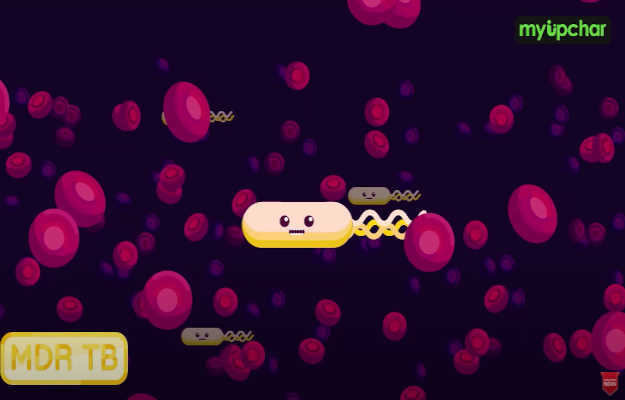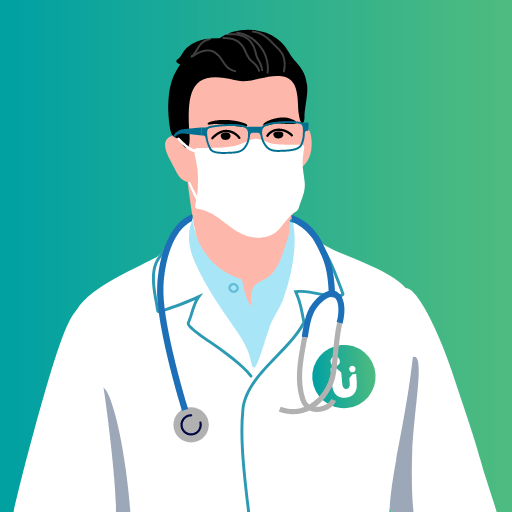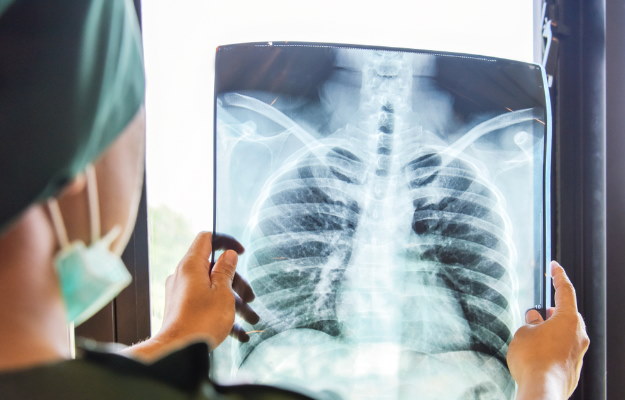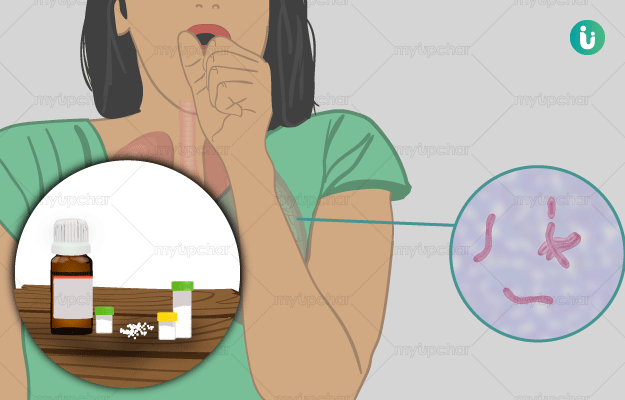When the bacteria that causes tuberculosis (TB), Mycobacterium tuberculosis, develops resistance to the antimicrobial drugs used to cure the disease, this condition is known as Drug-resistant Tuberculosis.
Premature interruption in the treatment of TB is the leading cause of drug resistance. This poses a great risk to the healthy population, including the patient's family. The reason: the family think that the person is cured after taking the prescribed course of medicines. They stop taking precautions around the patient and sometimes, even stop taking the patient for follow-up routine tests to detect the presence of the disease. This increases the chances of transmission to the family members and their friends, too.

















